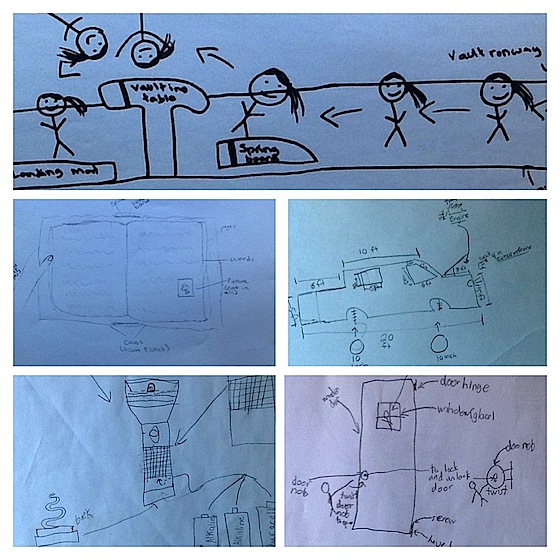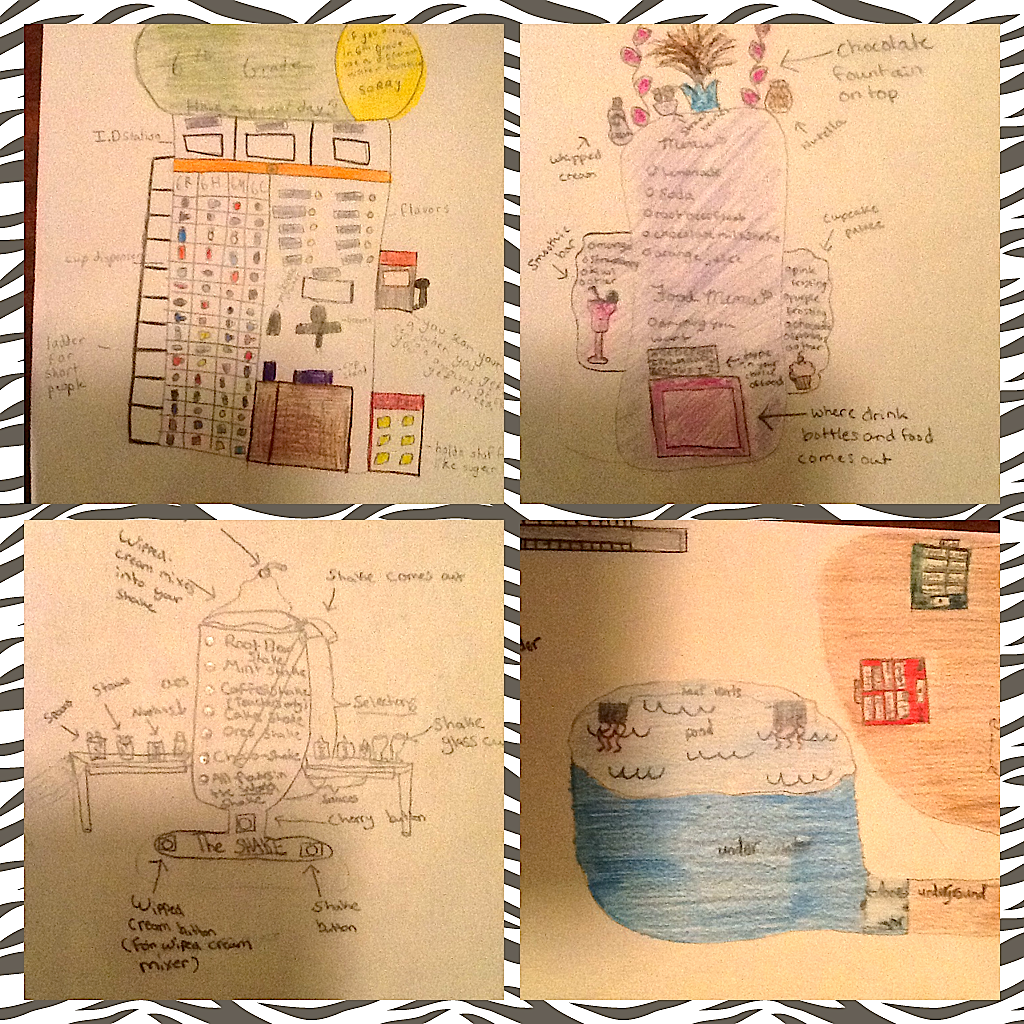Teaching Visual Literacy
A MiddleWeb Blog
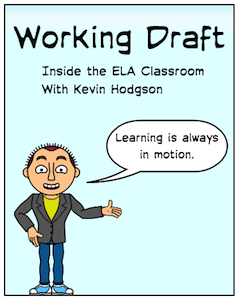 Teachers immerse our students in many forms of text. Books, poems, play scripts. Words, words, words. Yet more and more, the literacy skills that young people need to navigate the multimedia world are centered around visual information. How to read a graph. How to interpret a map. How to make sense of a data chart or an infographic packed with numbers and statistics and images.
Teachers immerse our students in many forms of text. Books, poems, play scripts. Words, words, words. Yet more and more, the literacy skills that young people need to navigate the multimedia world are centered around visual information. How to read a graph. How to interpret a map. How to make sense of a data chart or an infographic packed with numbers and statistics and images.
Listen to a podcast of this post
Understanding visual information has never been more important, and given the rise of digital technology in our lives, I suspect the need for these skills will only increase as society demands that complex information be packed into smaller spaces.
Recently, I did an entire lesson with my sixth graders around the reading of diagrams. At first, my students were confused a bit about what we were doing. How is this even reading, one asked? My answer centered on the ability to absorb and understand information on the page or the screen. And isn’t that reading, after all?
So we ventured into the world of diagrams.
The importance of inferring
The more we got into looking at diagrams, the more we realized how important inference is, and how readers more than ever need to be detectives who absorb all of the information on a page. You can’t skim. If you do, you’re likely to miss something important. You need to read close.
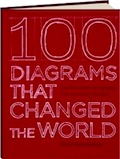
After first looking at a single diagram together as a class, where I modeled how one might infer what is being diagrammed by talking out my reading strategies, I handed out packets of diagrams to teams of students and then I set forth the objective: figure out what is being diagrammed.
Huddled in small groups, these young detectives got to work, deciphering the notes in the margins, analyzing the illustrations, reading copyright dates and the names of those submitting the diagrams for patents …. all strategies to put together the clues as to what these diagrams were, well, diagramming out. Most of the groups could only figure out about half of the drawings, but their educated guesses showed solid reading skills. Very few answers were way off base. Most were grounded in clues from the text.
Role reversal
So then I flipped the tables. Their assignment was to now make a diagram of something. It could be of anything, although I articulated some examples for those students who struggle with open-ended assignments. I wondered aloud how you might show how to open up a can of soup, or how to visualize what is inside their desk, or how to reduce a common day object down into a diagram. Here, we moved into expository writing, but with illustrations as the primary means of communication. I even showed them the diagram that I created, about how to put together a saxophone.
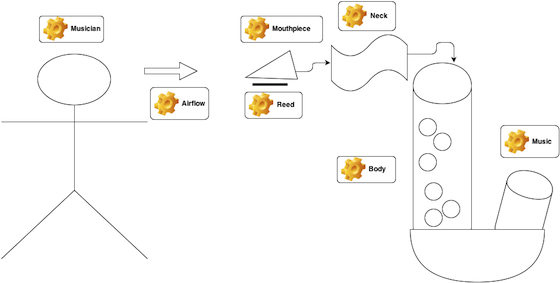
Connecting visual information to curriculum
I see a lot of ways that visual information can connect to various elements of my curriculum, from charting out such things as reading logs to explaining a complex task with the help of visual clues.
It also happens that a few of my classes are reading a small book called Regarding the Fountain by Kate Klise, which is a story told entirely in letters, postcards, handwritten notes, telegrams and diagrams. Since the book’s plot revolves around the designing of a water fountain for a school (and since, for reasons I won’t go into here, my classroom does not have a water fountain or sink), I put the task of designing a fountain to my students, using their diagramming skills.
As they got down to work, one student looked up from his plan — which featured a massive water slide with options for everything from ginger ale to coffee to milkshakes – and asked, “Will we have time to build our fountains?” I wish.

